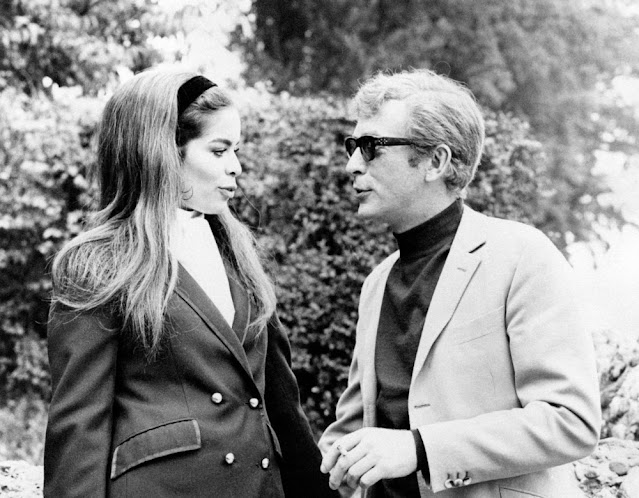Nena von Schlebrügge (born January 8, 1941) was a notable fashion model during the 1950s and 1960s, known for her aristocratic beauty, elegance, and presence in both European and American fashion circles.
In 1955, at the age of 14, Nena was discovered by Vogue photographer Norman Parkinson when he was on a tour in Stockholm, Sweden. In 1957, Nena moved to London, United Kingdom, to pursue a career in high-fashion modeling. She found immediate success and was invited to come to New York City by Eileen Ford of the Ford Modeling Agency to continue her modeling career.
In the snow storm of March 1958, at the age of 17, Nena arrived in New York City on the Queen Mary. In New York City, she continued her career as a top model, working at Vogue and Harper’s Bazaar. She was photographed by many fashion photographers, including Gleb Derujinsky.
In 1967, she had a part in the Edie Sedgwick film Ciao! Manhattan. The film took four years to make; and drastic changes from the original story were made, causing the filmmakers to remove many scenes, including Nena’s, shot in 1967.
She was briefly married to Timothy Leary from 1964 to 1965. After marrying the Buddhist scholar Robert Thurman in 1967 she adopted the name Nena Thurman. The actress Uma Thurman is their daughter.

































.jpg)





